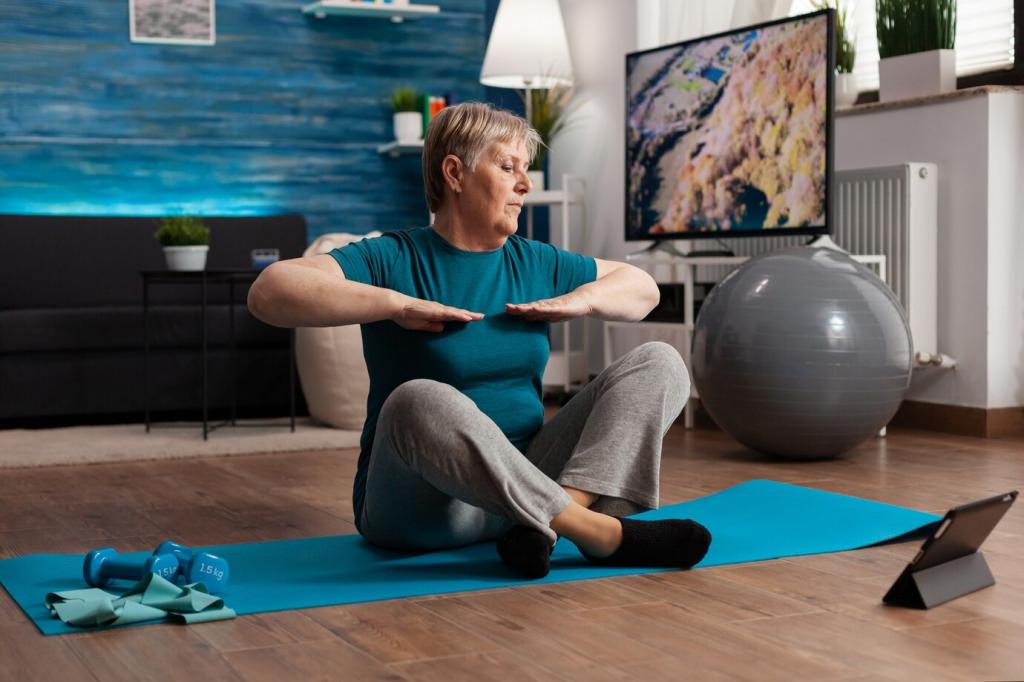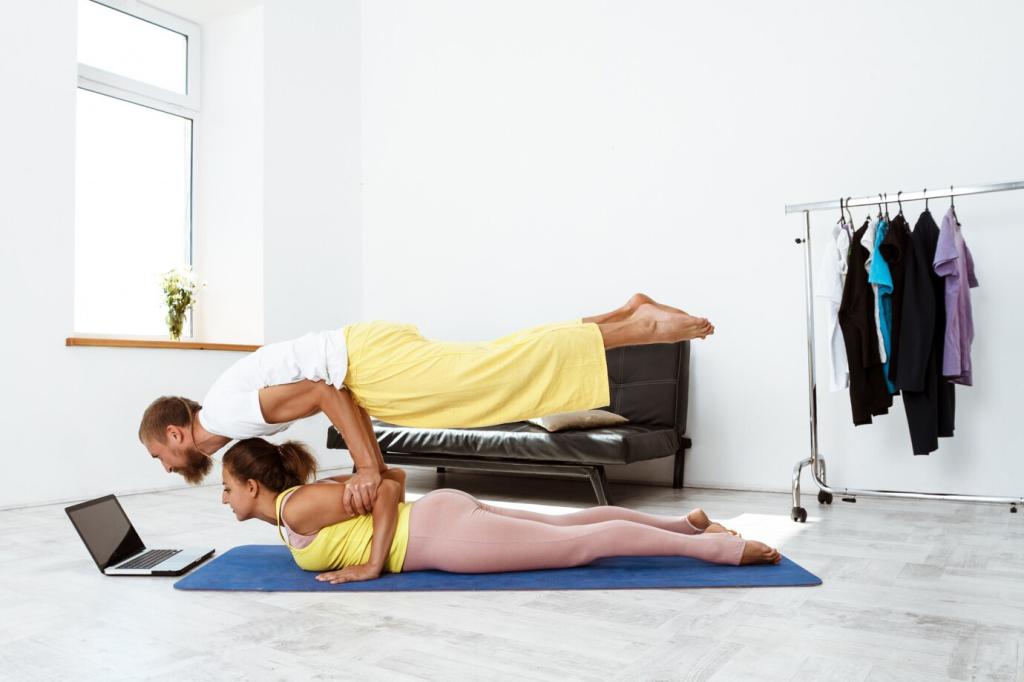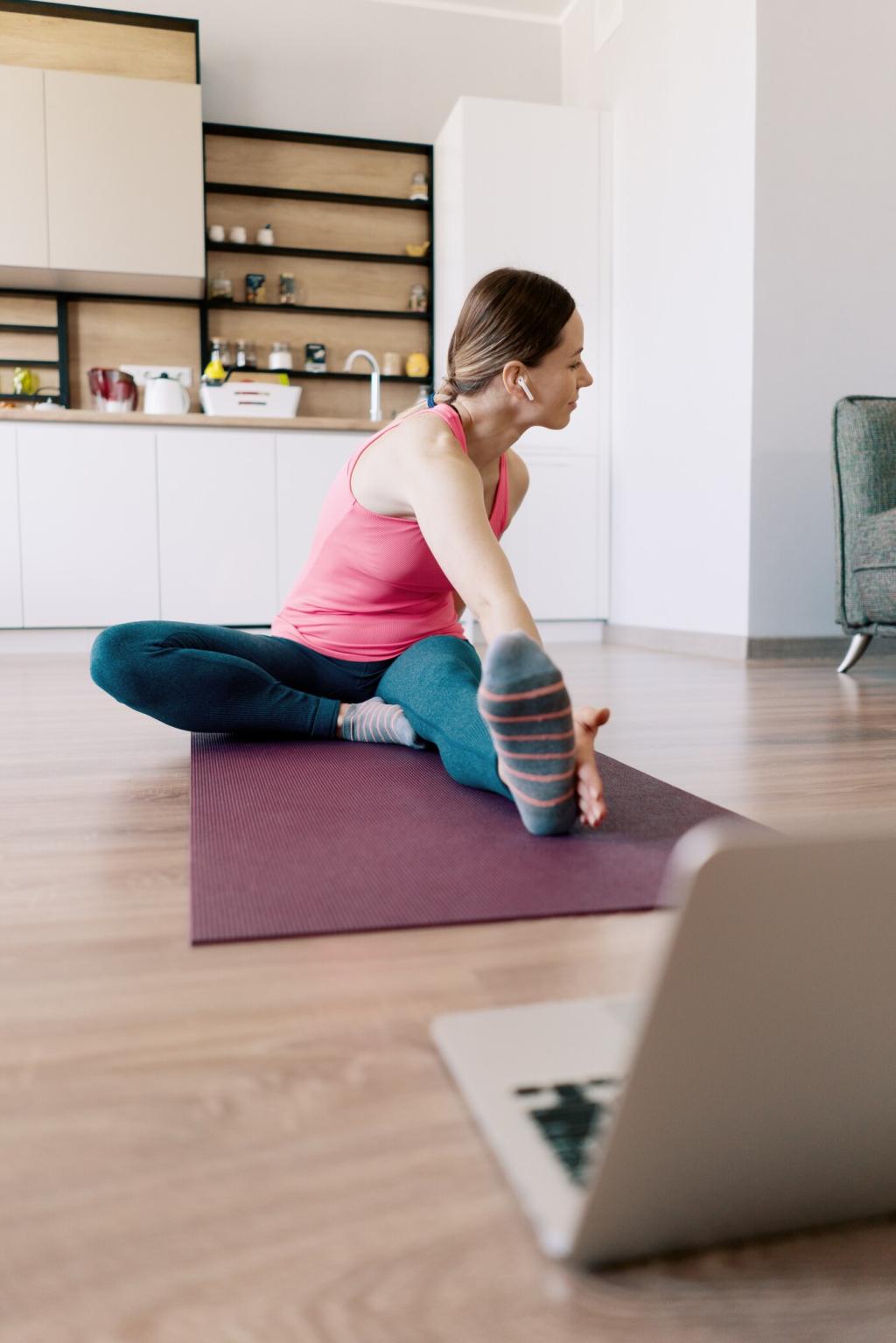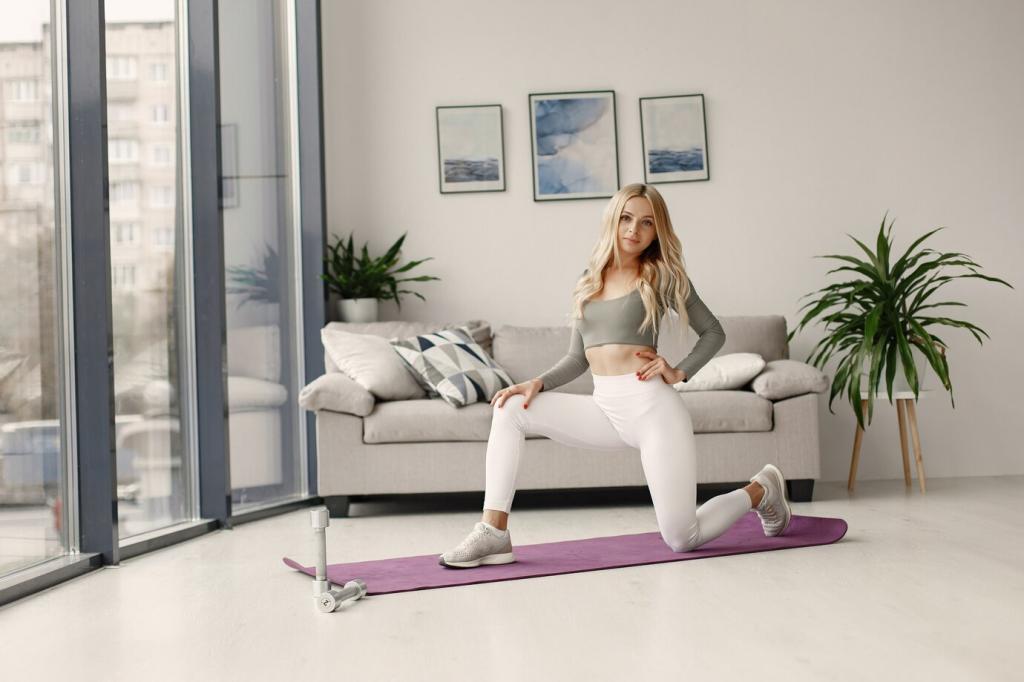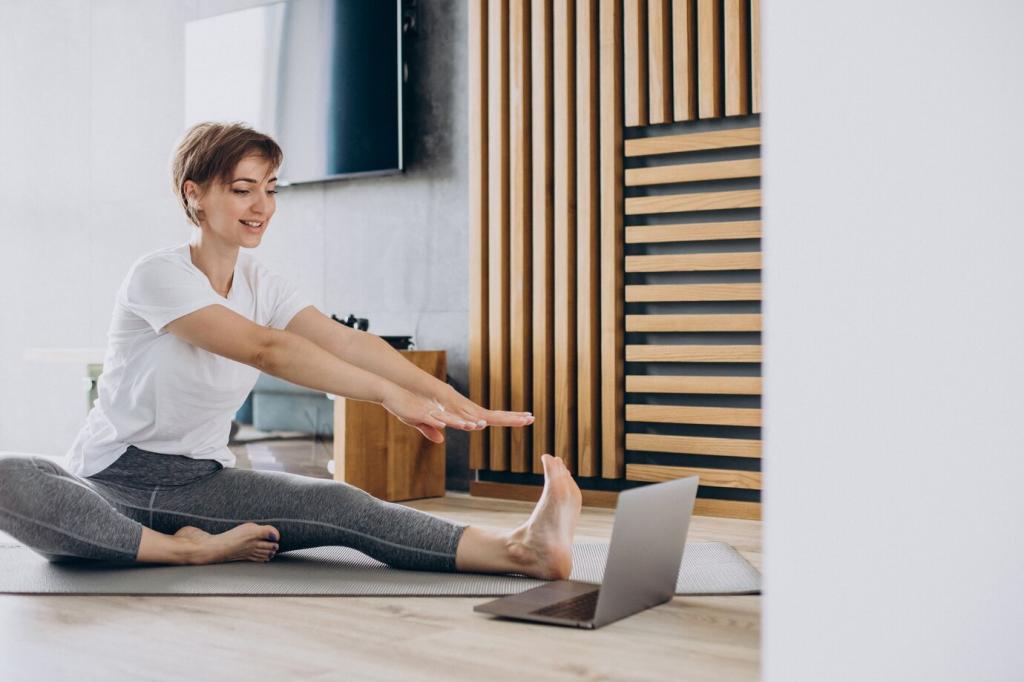Track, Reflect, Adjust
Use a notebook or calendar to log exercises, sets, reps, RPE, and how you felt. Color-code strength, cardio, mobility, and rest. Review weekly to spot patterns. Comment with your preferred tracking method, and we will share a lightweight template you can start using today.
Track, Reflect, Adjust
Build consistency with habit stacking, rewarding routines, and meaningful goals like hiking with friends pain-free. Celebrate bright spots every week. Find an accountability buddy in the comments, and subscribe for check-ins that keep your balanced regimen evolving with your real life.

